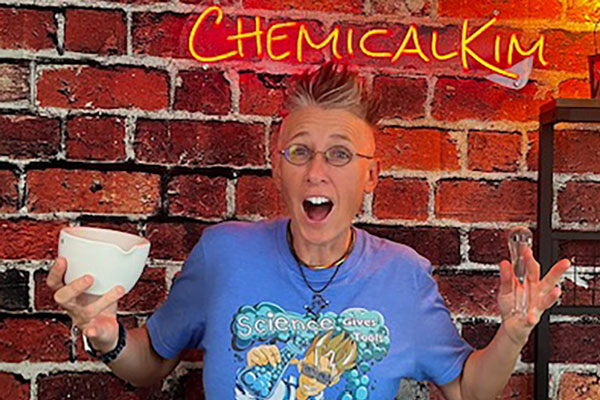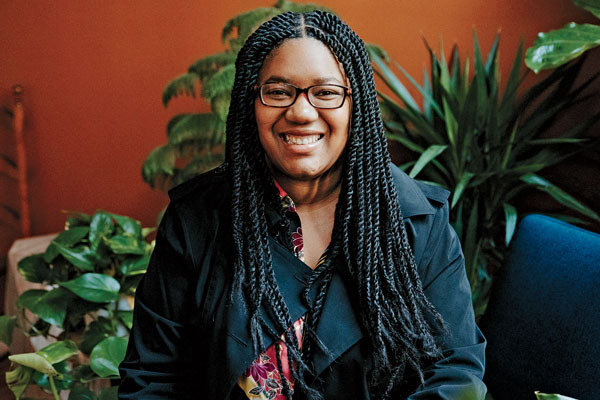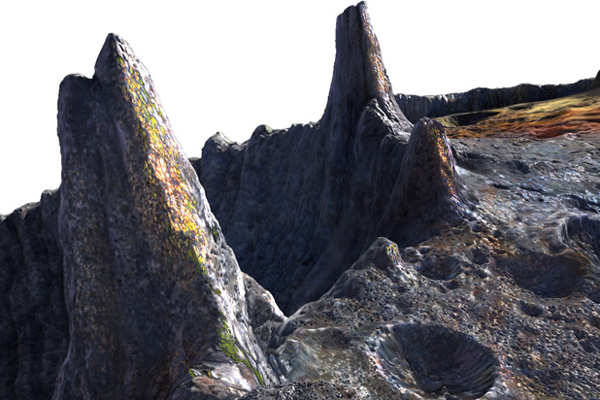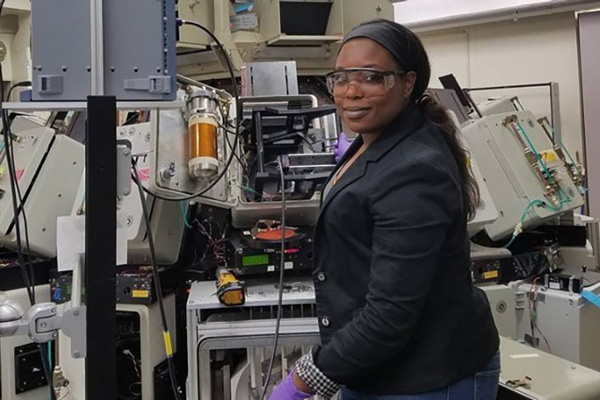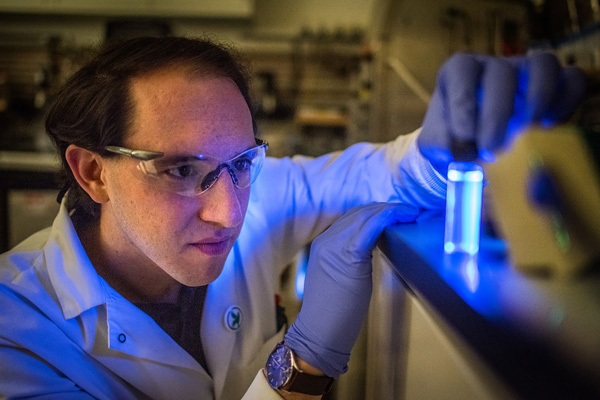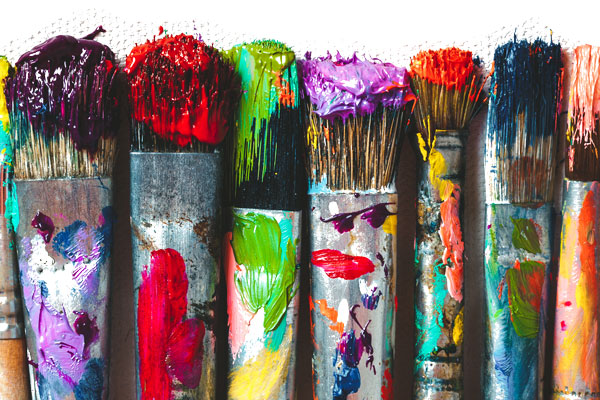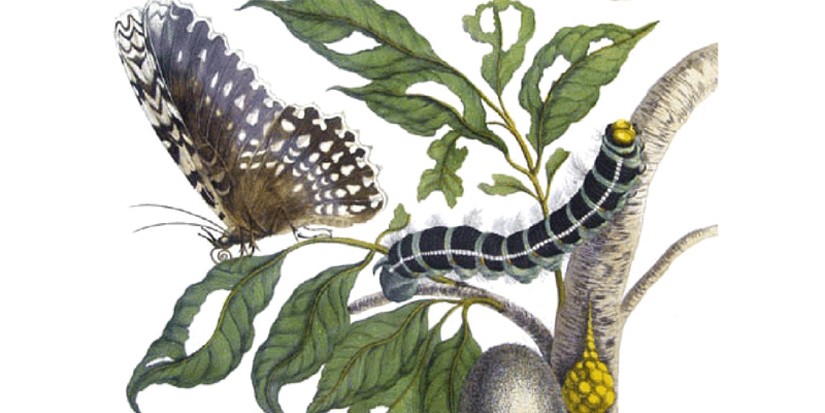
Downloads: Download Article (PDF)
To develop a complete mind: Study the science of art; study the art of science. Learn how to see. Realize that everything connects to everything else. —Leonardo da Vinci
In high school, you have to take a lot of required courses, but you typically have some degree of choice. You can take electives in areas such as music or language, or you can take higher-level classes in academic subjects. Your choices are often put into two broad categories. You have science, technology, engineering, and mathematics coursework in one, and arts and humanities in another. If you drew the categories in a Venn diagram, you might want to place the circles side by side with little to no overlap, but are art and science really that different?
There are certainly key differences between doing science and making art. The goal of science is to create new understanding of how the world works and develop practical solutions that ad-dress challenges, such as climate change. Artists strive to evoke a sense of beauty or an emotional reaction through their work—whether it’s in dance, music, painting, or other art form. Science is designed to be objective and guided by data; art is subjective and deeply influenced by feelings and opinions.
While the outcomes of science and art are quite different, the processes involved have undeniable similarities. To innovate and inspire, scientists and artists alike have to create something original that no one else has thought of or tried before.
This doesn’t mean, however, that discovery in science and art starts from scratch. Scientists and artists both build on what is known or already exists. The key is in seeing things from a different angle, making novel connections, and forging new paths. The paths often meander, running into detours and dead-ends, but ultimately, they lead to progress.
The Artist Scientist
There are plenty of real-life examples showing that people can be interested in both art and science—you don’t have to choose one over the other. Legendary rocker Brian May, who was the lead guitarist for Queen, earned a Ph.D. in astrophysics. Actress Lisa Kudrow from the TV series Friends studied biology. Comedian Ken Jeong, who has appeared in Hollywood films and TV shows including Community, was a physician before he turned to acting.
Perhaps the best known Western historical figure who was both artist and scientist is Leonardo da Vinci. Da Vinci is famous for his paintings, particularly the Mona Lisa. But he was also known in multiple science and engineering fields; he dreamed up inventions far ahead of his time, including the parachute and calculator.
Lesser known, but also brilliant was Maria Sibylla Merian, a 17th century groundbreaking naturalist and painter. In meticulous detail, she illustrated the life cycles of insects. Her careful observations helped dispel the belief that insects spontaneously arose from decaying matter, such as rotting fruit.
Art as a Bridge to Science
Sometimes scientific discovery can best be understood by drawing artful comparisons. Since chemistry and other sciences sometimes deal with abstract concepts, scientists often use physical models to explain their ideas. For example, scientists and engineers have turned to origami, the Japanese art of paper folding, to copy natural structures—and also as a versatile tool to design new solutions. In another example, Albert Einstein’s theory of relativity is sometimes poetically explained in a way that evokes feelings: When sitting with someone you like, an hour is like a minute, but if you touch a hot stove, a minute is like an hour.
All of this leads back to you and your choices and perceptions of the arts and sciences. What connections do you see between the two? What will your path look like as you continue to study, learn, and create? The process of inventing ourselves involves complex decisions, just as creating a new theory or composing a symphony does. How you’ll apply originality to decision- making will be up to you!

